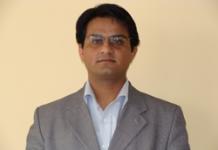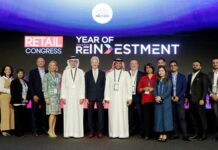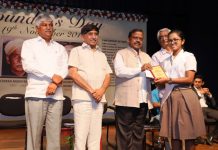
Speaking on the occasion, the President said that India’s external sector has remained steady with current account deficit improving to 1.1 percent of GDP in 2015-16 from 1.3 percent in the previous year. The challenges in global economic conditions notwithstanding, India has registered a growth rate of 7.3 percent in the calendar year 2015. The industrial sector has posted a growth of 7.4 percent in the last financial year, with the manufacturing sector growth returning even better figures of 9.3 percent.
The President said that India has initiated the ‘Make in India’ program and it is the collaboration between industry and academia which will catalyze our national efforts to make this program a success. The success of this campaign shall rest on several pillars, namely;
(i) Ease of Doing Business under which India aims to achieve a rank of 50 in the World Bank Doing Business Indicators. Simplified, time-bound and online processes are being instituted across ministries and state governments for this. The emphasis of the Department of Industrial Policy and Promotion (DIPP) is on improvement, simplification and rationalization of existing rules and introduction of IT to make governance more effective and efficient.
(ii) Infrastructure and industrial corridors with world-class facilities and connectivity- Five Industrial Corridor projects have been identified, planned and launched across the country to provide an impetus to industrialization and planned urbanization. In each of these corridors manufacturing is the key economic driver and these projects are seen as critical in raising the share of manufacturing in India’s GDP from the current levels of 15% to 25% by 2022. The Delhi-Mumbai Industrial Corridor, coming up in alignment with the Dedicated Rail Freight Corridor, has developed blueprints for eight National Investment and Manufacturing Zones (NIMZ). More such zones are coming up in corridors such as Chennai-Bengaluru, Chennai-Vishakhapatnam, and Bengaluru-Mumbai.
(iii) Foreign Direct Investment- We need to facilitate entry of overseas investors. We must ensure that adequate infrastructural facilities are available and transforming policies into actions becomes easier.
(iv) Intellectual Property Rights- India’s intellectual property rights regime is now of global standards, and the country counts among the largest reservoirs of R&D talent. The IPR has embarked on a journey for delivering services to the public, leading to the creation of a highly transparent, enabled, efficient and Intellectual Property ecosystem in India that provides legal certainty to the industry. The World Intellectual Property Organization recognized the Indian Patent Office as an International Searching Authority and an International Preliminary Examining Authority. With this India has joined an elite group of 17 countries.
(v) Start-up India- the innovative Startup India, Standup India campaign would help to catalyze technology and entrepreneurship linkages. India is the world’s third largest startup hub with over 3100 startups after USA and UK. Further, India has entered into free trade agreements with several countries and regions which facilitate its participation in global supply chains. The India-ASEAN FTA has recently been upgraded from goods to services and investments.
He stated that given the above backdrop, it is imperative that planners in industry and academia chart out a roadmap towards creation of a knowledge society which shall, in turn, nurture and propel a powerful and dynamic economy. We must recognize that a strong economy can emerge only on the bedrock of a knowledge society which is possible only when we actively recognize and create synergies between industry and academia.































